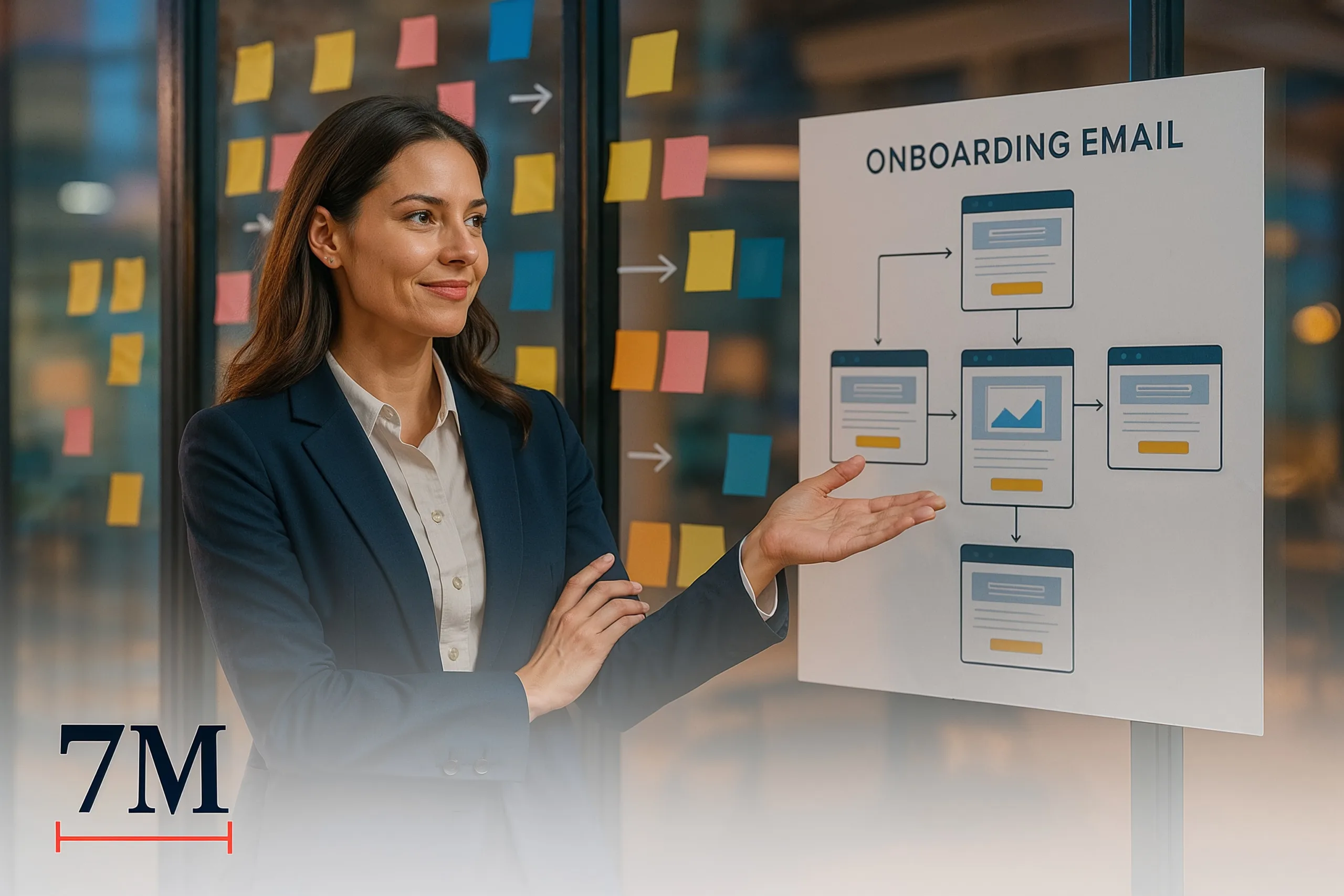Why Onboarding Emails Matter for Sales and Retention
Onboarding emails are not just a courtesy—they are a powerful tool for converting new subscribers or leads into paying, loyal customers. While the initial sign-up may mark the beginning of your relationship, onboarding emails are what nurture that relationship, guiding the customer toward meaningful action and deeper brand engagement. In digital marketing, especially in direct response and scalable campaign environments, these emails can make or break your conversion rates.
Understanding the Difference: Onboarding vs. Welcome Emails
Many marketers confuse onboarding emails with welcome emails, but their functions are different. A welcome email is an initial greeting, often thanking the user for joining and setting a positive tone. An onboarding email sequence, on the other hand, is a structured series of emails designed to educate, build trust, and drive high-intent actions—like making a first purchase or booking a demo. The best onboarding flows map to your customer journey and anticipate questions or hesitations before they arise.
Crafting Your Conversion-Driven Onboarding Email Sequence
A well-structured onboarding sequence is typically delivered over several days or weeks. Here is a framework you can adapt for your business:
- 1. Welcome & Expectation Setting: Send an immediate, friendly greeting that thanks the user, reiterates your value proposition, and explains what to expect next.
- 2. Product or Service Introduction: Highlight the key benefits in simple, visual terms. Reduce friction by guiding them through initial setup or first steps.
- 3. Feature Education: Send tips and walkthroughs for important features. Short videos or interactive guides can boost engagement and reduce drop-off.
- 4. Social Proof & Credibility: Share testimonials, case studies, or frequently asked questions to build trust and overcome common objections.
- 5. Incentives & Next Steps: Offer a personalized incentive, discount, or nudge to make a first purchase, upgrade, or book a call. Use urgency and clear, action-oriented CTAs.
- 6. Feedback & Support: Invite feedback and make access to support easy. This not only helps with retention, but also signals that you care about their experience.
Best Practices for Writing Onboarding Emails That Sell
- Segment your audience: Use data (signup source, intent, or behavior) to tailor your messaging for relevance. Segmentation allows you to send targeted content, which increases open rates and conversions.
- Personalize everything: Go beyond the first name. Incorporate references to user actions, preferences, or past purchase activity for a personalized experience. This personalization is proven to boost open and click rates, which is critical for conversion-focused campaigns.
- Keep it concise and actionable: Emails under 100 words, with a single, clear CTA, perform best. Make it easy for recipients to know exactly what to do next.
- Use compelling subject lines: Pique curiosity, highlight benefits, or create urgency to increase open rates. Consider A/B testing subject lines as part of your ongoing optimization.
- Focus on value, not just features: Clearly articulate how your product or service solves a specific problem or improves the user’s life. Back up claims with social proof or data.
- Leverage behavioral triggers: Send emails based on user actions, such as account creation, inactivity, or reaching a milestone. Behavioral triggers increase relevance and timeliness, which leads to higher engagement.
- Monitor and optimize: Track open, click, and conversion rates, as well as unsubscribe and feedback metrics. Use these insights to continually refine your onboarding sequence for better results.
Integrating Onboarding Emails into Your Digital Funnel
Onboarding emails should not exist in a silo. For maximum impact, connect your onboarding sequences to the rest of your marketing funnel. Retargeting new leads with Facebook or Google Ads, or syncing email automations with your CRM, can help nurture cold leads and accelerate their movement toward conversion. For example, those who do not engage with email might be reached with a targeted ad, while engaged users can receive upsell offers or invitations to an AI in marketing workshop.
Examples and Templates
Let’s examine a high-performing onboarding flow for context:
- Day 1: Welcome Email – “Welcome to [Your Brand]! Here’s what you can expect next.” Includes a quickstart video and a clear CTA: “Take your first step.”
- Day 3: Value Highlight – “How [Your Brand] Helps You [Achieve a Goal].” Features a customer testimonial and a benefit-driven CTA.
- Day 5: Feature Guide – “Did you know you can…?” A concise walkthrough of a top feature, matched to the user’s behavior.
- Day 7: Social Proof & Support – “See how others are succeeding.” Shares a case study and links to live chat support.
- Day 10: Re-engagement – “Don’t miss out on your [free trial/offer].” Adds urgency and a personalized incentive.
Tying It All Together: Automation and Personalization at Scale
To scale your onboarding emails, use automation platforms that support advanced segmentation and behavioral triggers. This ensures every new lead gets a tailored experience, no matter how they enter your funnel. Integrating onboarding emails with your broader digital marketing efforts—such as retargeting ads or inviting new users to AI in marketing workshops—can drive even higher lifetime value.
Conclusion
Onboarding emails are a proven way to convert new leads into loyal customers. By focusing on segmentation, personalization strategies for higher open rates, and connecting your automations to your overall sales funnel, you can create a seamless, sales-focused journey that stands out in today’s crowded marketplace. Implement these strategies and watch your conversions grow.

